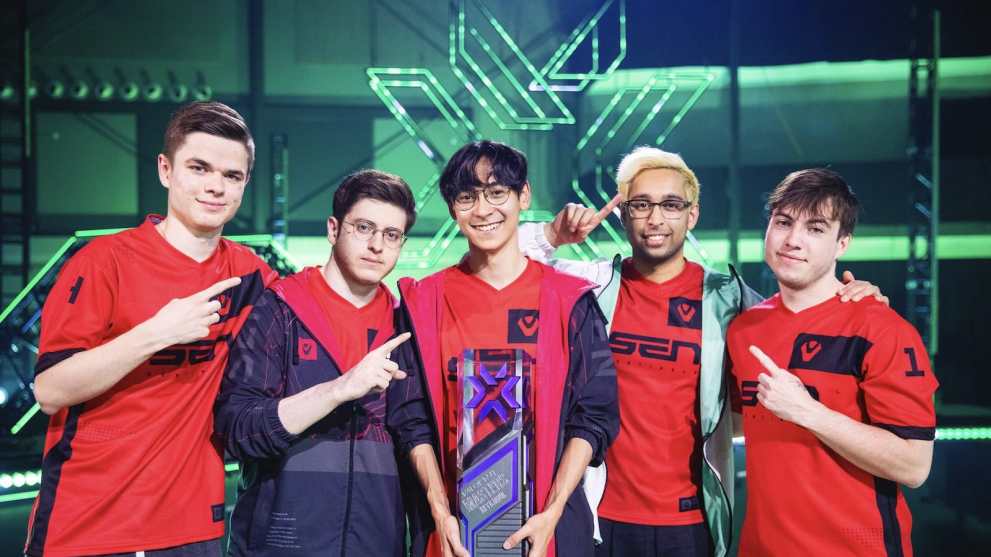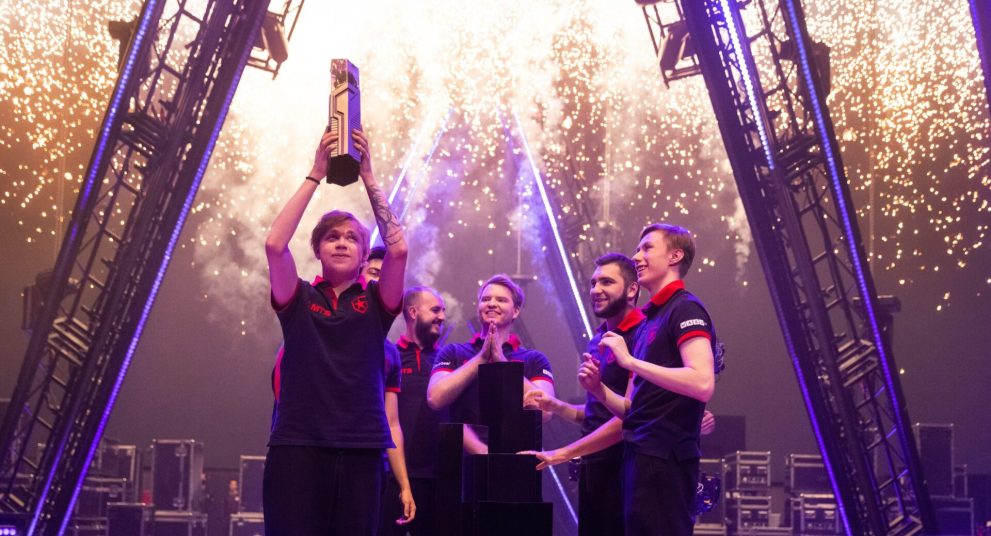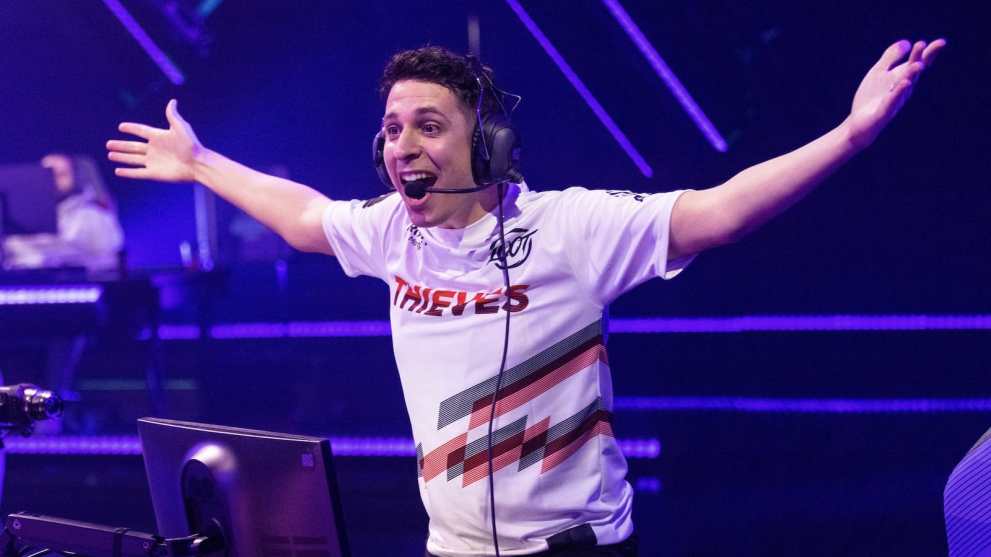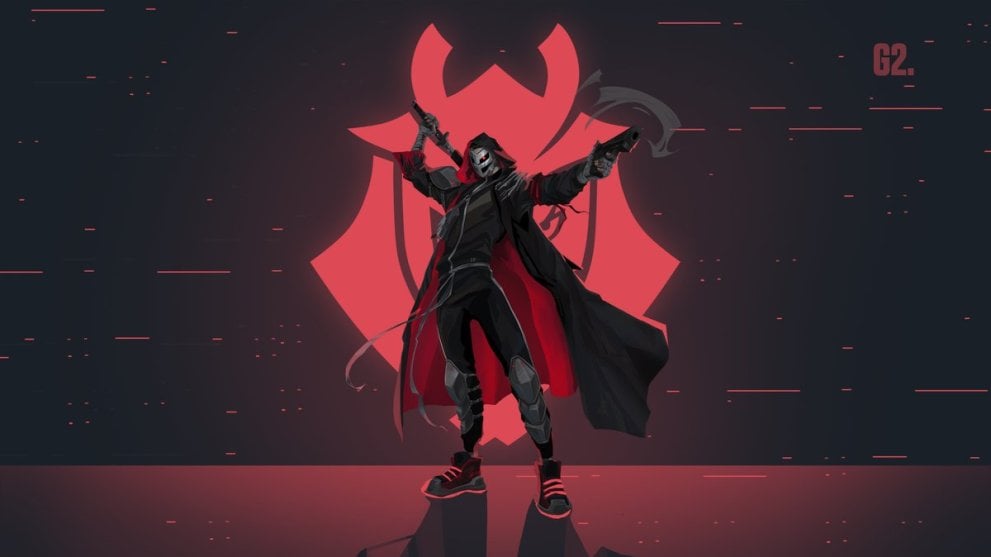Sentinels Bleed

Sentinels’ hot streak has finally come to an end. The team’s domestic and international dominance has been one of the major talking points of Valorant esports for the whole of 2021 so far, and it has given rise to some of the scene’s most popular and beloved personalities. Masters Berlin, however, proved to be a competition too far for the favorites.
Sentinels was handed its first-ever loss on LAN to G2 during the group stage, the European team who had previously been the first to take a map from them in the game earlier that week. It was Envy, though, that landed the hammer blow, beating them in a convincing 2-0 fashion in the quarter-finals to knock them out of Masters Berlin.
For a team so used to winning, and for many fans who aren’t used to seeing their idols dealt such a big loss, Sentinels loss was one of Masters Berlin’s biggest talking points. It is arguably the biggest headline of the entire event. But perhaps we shouldn’t have been so surprised? Sentinels are a team like any other; it has good days and it has bad days. The purple patch was never likely to last long in an esport that is as young and competitive as Valorant — even if Sentinels has, at times, looked utterly invincible.
Ultimately, the team has still qualified for Champions in December, and it is still the best team in North America overall. Sentinels will be back. The question is whether it will back better than ever or still bearing the mental scars of Berlin.
The Best Team Won

All year, Gambit has been a team of myth and legend to those in the know. Often referred to as ‘scrimbit,’ the team has made a name for itself utterly obliterating the world’s best teams… in practice games. Finally, though, Masters Berlin saw Gambit fulfill its true potential and live up to the hype that professional players all across the world have been talking about in interviews, streams, and on social media. These guys are the real deal, and they were comfortably the best team at Masters Berlin.
Sure, 100T beat them in the group stage, and even Japan’s Crazy Racoon ran them close. But even in those wobbly moments, there was always a feeling Gambit was merely fumbling, rather than actually being outmatched. They annihilated 100T for 70% of that aforementioned loss, and a win is a win versus Crazy Racoon — even the best players get nervous, right?
In the end, Gambit put on commanding performances versus some of the biggest and most feared esports organizations in Valorant. They crushed Vision Strikers, embarrassed G2 esports, and never even looked in danger once versus Envy in the final. Gambit has to be favorites now to win Champions in December.
The Regions are All Competitive

The intensity of Valorant’s inter-regional rivalry is palpable. It fuels discussion, debate, and, unfortunately, childish flaming wars on internet forums alike. But it’s fair to say that while sometimes the rhetoric goes too far, it also makes every international competition hugely exciting. Europe versus North America is always likely to give rise to both the best teams and the most hotly contested competitiveness; after all, they house the world’s biggest organizations and most popular players.
But after Masters 3 Berlin, it’s obvious the gap between them and the rest of the world is not as big as it once seemed. Korea, Japan, South East Asia, and the teams from South America all proved themselves extremely worthy of their places at the competition. Standout performances from the likes of Paper Rex’s ‘f0rsakeN,’ Vivo Keyd’s ‘Heat,’ and Vision Strikers’ ‘BuZz’ demonstrated that the individual skill level of many players in smaller regions is equal to Europe and North America’s best.
No team from either of the major regions should take their matches against minor ones for granted. Valorant is a fledgling esport, and it’s exciting because teams are constantly innovating new tactics and team play. That’s why we love it, and that’s why Champions is still wide open in terms of who can make it through to the latter stages and compete for the title.
LANIMALS Thrive

There’s just no question that LAN hits differently. It’s a pressured environment that sees some rise to the occasion and others crumble under the pressure. At Masters 3 Berlin, we saw a mixture of both, but it was the incredible performances of several players that really stood out.
Apart from the usual suspects like Sentinels’ ‘TenZ,’ who produced terrific numbers yet again, some other big-name players who we hadn’t yet seen on LAN exceeded expectations. Team Envy’s ‘yay,’ for example, produced an unbelievable 280 ACS and 1.65 KDA across all his games at the competition– higher than his online performances in the build-up to the competition. G2’s ‘keloqz,’ one of the competition’s youngest and most inexperienced players, also pulled off a similar feat with an ACS of 257 and KDA of 1.46 that was well above his performance at the online EMEA Finals weeks before.
Some other worthy mentions include Acend’s ‘cNed,’ the young Turkish duelist of whom much ado has been made over the past 12 months of online competition but hadn’t been seen on LAN. Questions were asked about his ability to produce the same level of consistency on LAN, and while at times he looked shaky, he ultimately proved the doubters wrong.
Apart from individual performances, teams like 100T once again highlighted that LAN experience can be a difference-maker. While they did end up falling to Envy in the semi-finals, comeback wins against Gambit and Acend earlier in the competition demonstrated ice-cool composure under pressure. 100T always show up on LAN, and you can never count them out of turning around tough situations at the last minute.
Viewership Hinges on Major Esports Orgs Winning

Masters 2 Iceland painted a bright future for Valorant esports. The game’s first-ever LAN competition back in May saw over 1 million concurrent viewers during its final between Sentinels and Fnatic, and it set the expectation for Berlin even higher.
Unfortunately, though, the numbers haven’t been as impressive this time around. While the consistency of its viewership was altogether very decent, its peak was only 811,370 — most notably, too, not during the finals but the second G2 vs. Sentinels game.
That, for me, is the biggest takeaway: Valorant esports viewership hinges on major esports organizations and their popular personalities making the finals. Gambit, as fantastic as they are at the game, is a group of little-known Russian players from a Russian organization, and Envy is nowhere near as popular as other North American teams like 100T and Sentinels. Had we seen a final involving any of Europe or North America’s biggest esports brands I think the viewership would have topped Iceland.
The positive signs are that viewership across smaller regions, such as South America, Japan, and Korea, has grown significantly, and the terrific performances of teams from these regions during Berlin should boost that growth even further moving forward.
The real test will be to see how the numbers fair at Champions in December. If the Last Chance Qualifiers see organizations like Liquid or Fnatic or TSM or 100T make Champions, the chances are even higher that we’ll see Iceland’s record toppled. In any case, even without those organizations involved, anything less would be somewhat concerning. Time will tell.
